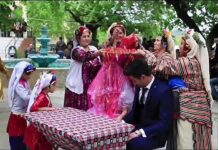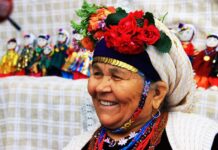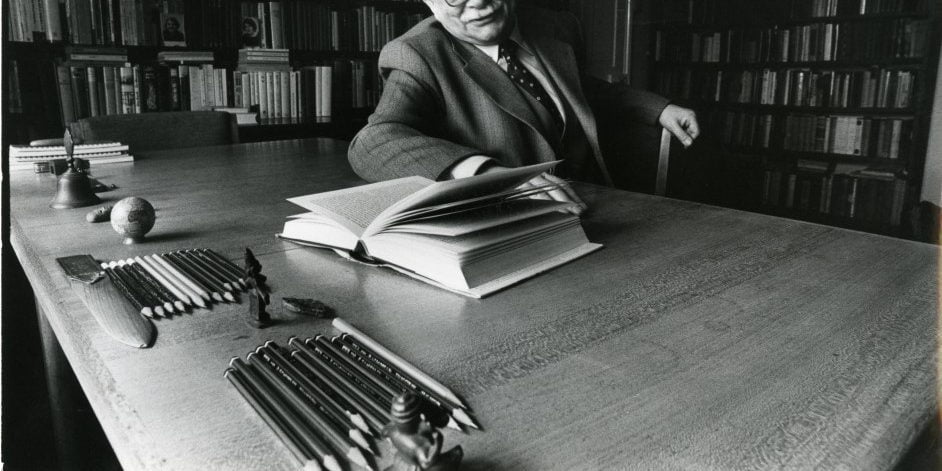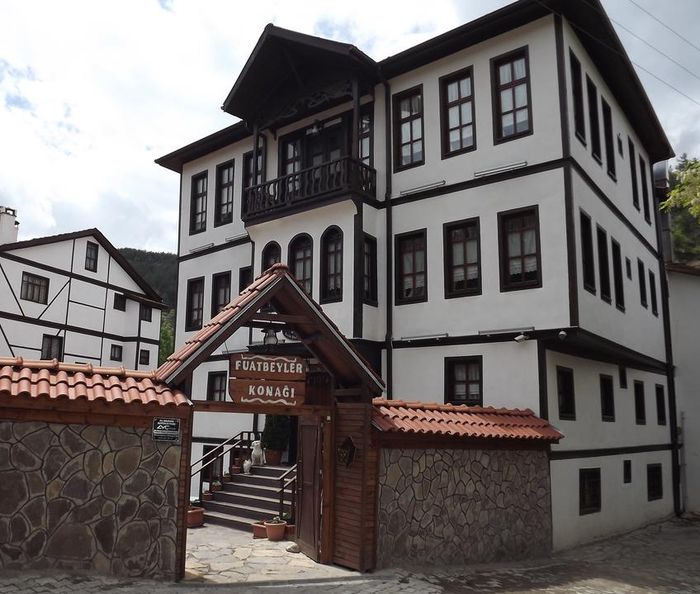Among the several works that are dubiously attributed to John Damascene the most important is the romance entitled “Barlaam and Josaphat”. Throughout the Middle Ages it enjoyed the widest popularity in all languages. It is not regarded as authentic by Lequien, and the discovery of a Syriac version of the “Apology of Aristides” shows that what amounts to sixteen printed pages of it was taken directly from Aristides. The panegyric of St. Barbara, while accepted as genuine by Lequien, is rejected by many others.
The treatise entitled “Concerning those who have died in the Faith” is rejected as spurious by Francisco Suárez, Bellarmine, and Lequien, not only on account of its doctrinal discrepancies, but for its fabulous character as well. The first Greek edition of any of the works of John Damascene was that of the “Exact Exposition of the Orthodox Faith” brought out at Verona (1531) under the auspices of John Matthew Gibertus, Bishop of Verona. Another Greek edition of the same work was published at Moldavia (1715) by John Epnesinus.
Elementary and Dogmatic Instruction
It was also printed in a Latin edition at Paris (1507), by James Faber. Henry Gravius, O.P., published a Latin edition at Cologne (1546) which contained the following works: “Dialectic”, “Elementary and Dogmatic Instruction”, “Concerning the two Wills and Operations”, and “Concerning Heresy”. A Greek-Latin edition with an introduction by Mark Hopper made its appearance at Basle (1548). A similar edition, but much more complete was published at the same place in 1575. Another Latin edition, constituting a partial collection of the author’s works is that by Michael Lequien,O.P., published at Paris (1712) and Venice (1748). To the reprint of this edition, P.G., XCIV-XCVI (Paris, 1864), Migne has added a supplement of works attributed by some to the authorship of John Damascene.
The First Commandment would seem absolutely to forbid the making of any kind of representation of men, animals, or even plants:
Thou shalt not have strange gods before me. Thou shalt not make to thyself a graven thing, nor the likeness of any thing that is in heaven above, or in the earth beneath, nor of those things that are in the waters under the earth. Thou shalt not adore them, nor serve them (Exodus 20:3-5).
It is of course obvious that the emphasis of this law is in the first and last clauses — “no strange gods”, “thou shalt not adore them”. Still any one who reads it might see in the other words too an absolute command. The people are not only told not to adore images nor serve them; they are not even to make any graven thing or the likeness, it would seem, of anything at all. One could understand so far-reaching a command at that time. If they made statues or pictures, they probably would end by adoring them.
How likely they were to set up a graven thing as a strange god is shown by the story of the golden calf at the very time that the ten words were promulgated. In distinction to the nations around, Israel was to worship an unseen God, there was to be no danger of the Israelites falling into the kind of religion of Egypt or Babylon. This law obtained certainly as far as images of God are concerned. Any attempt to represent the God of Israel graphically (it seems that the golden calf had this meaning — Exodus 32:5) is always put down as being abominable idolatry.
But, except for one late period, we notice that the commandment was never understood as an absolute and universal prohibition of any kind of image. Throughout the Old Testament there are instances of representations of living things, not in any way worshipped, but used lawfully, even ordered by the law as ornaments of the tabernacle and temple.
Read More about Norman West part 8








